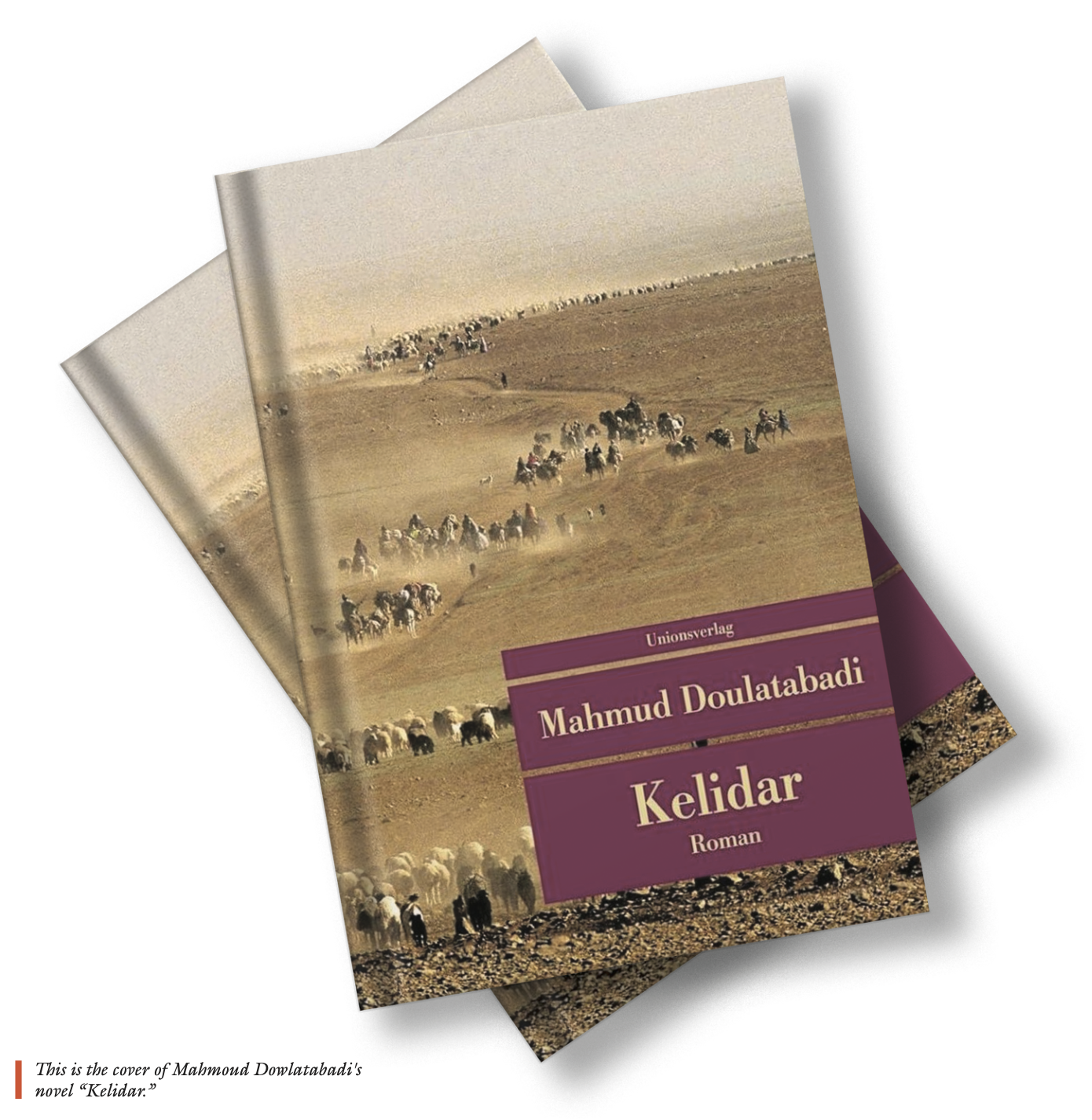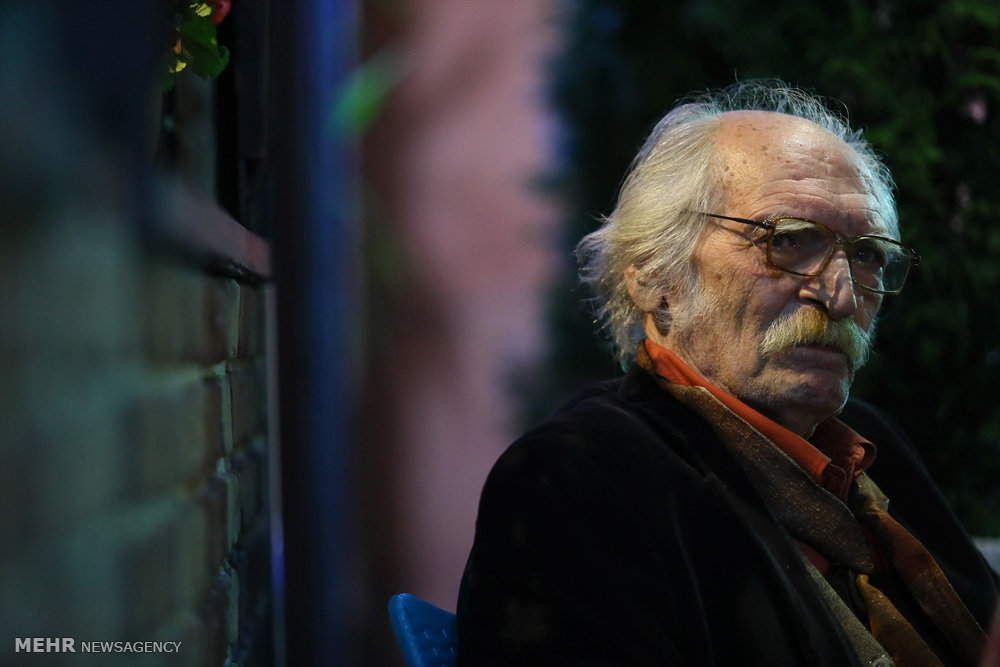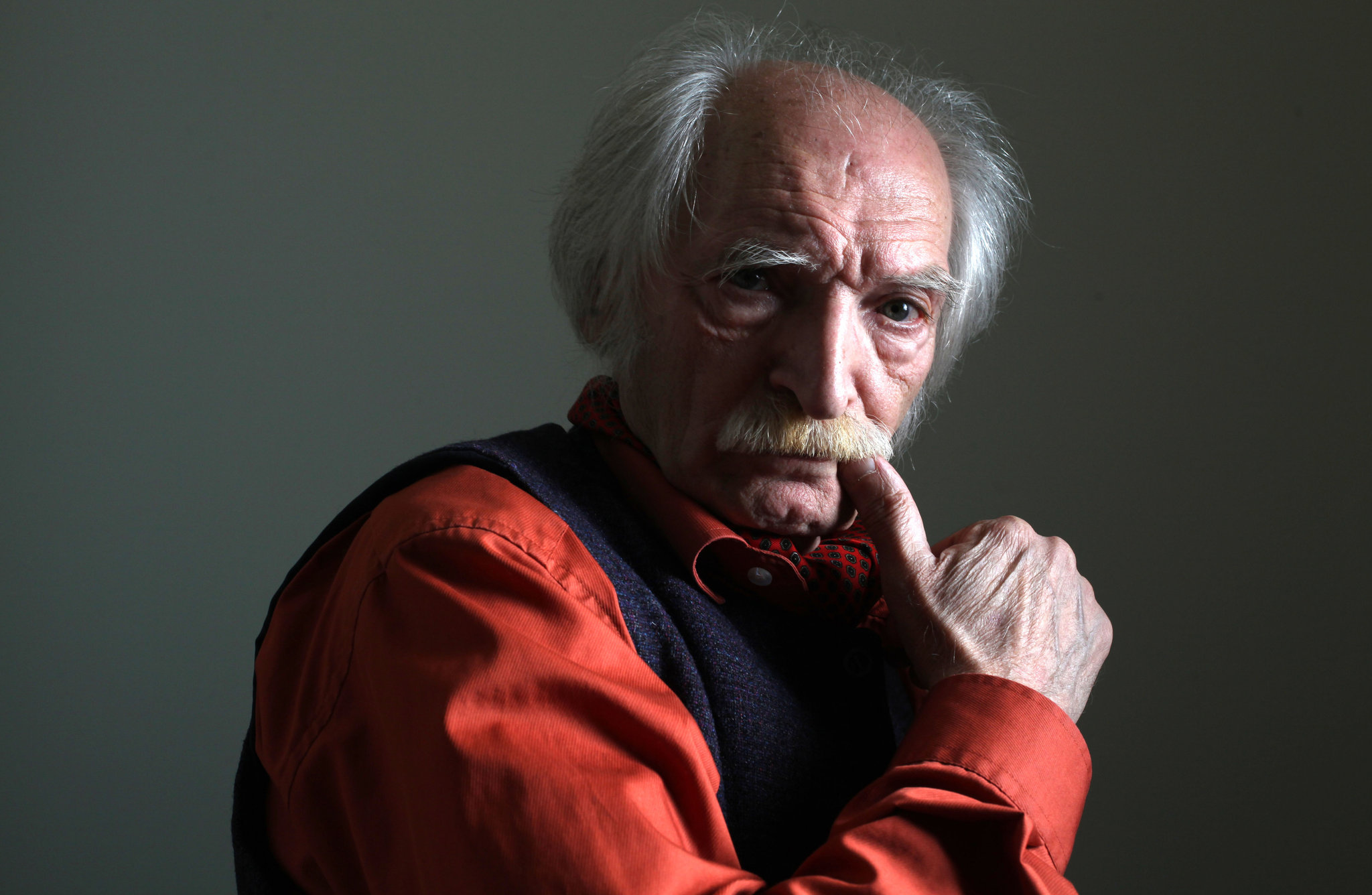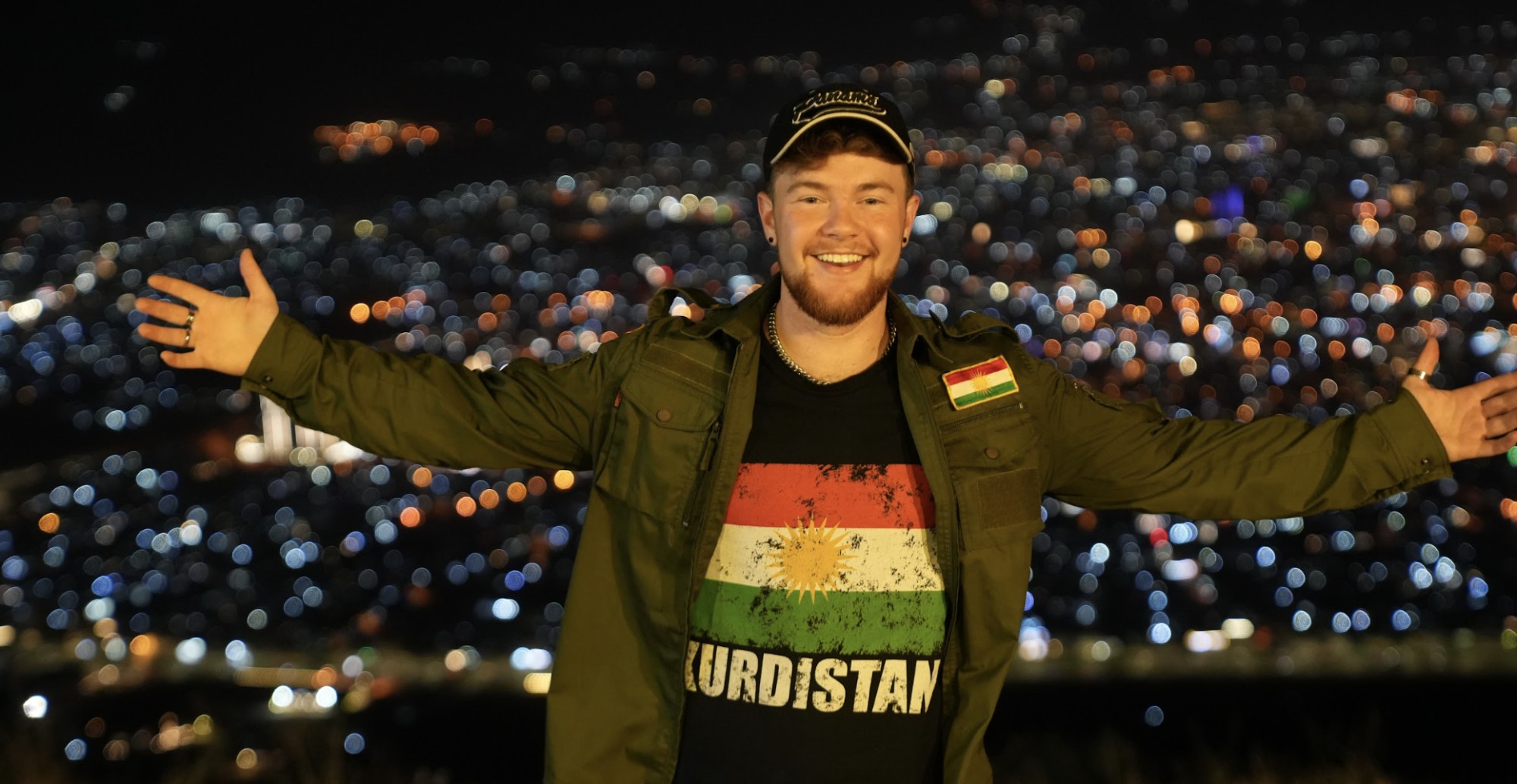Throughout history, Kurds have faced suppression and forced displacement from their homeland. The deportation of Kurds in Eastern Kurdistan, in what is now Iran, dates to the Safavid dynasty (1501-1736), during which numerous Kurdish tribes were relocated to Khorasan and Gilan Provinces. The primary motivation for sending Kurds to Khorasan was to defend the empire’s borders against Turkmen and Uzbek nomads from Central Asia. Despite the forceful separation from the rest of the Kurdish community, their descendants have integrated into Khorasan, and their stories have been chronicled in works of literature and history books. Among the most well-loved fictional characters in Persian literature is Gol-Mohammad, a legendary nomadic Khorasan Kurd.
Gol-Mohammad takes center stage in Mahmoud Dowlatabadi’s epic novel, Kelidar, a work that took 15 years to craft and was published in 1984. Spanning 10 volumes and 2,836 pages, Kelidar stands as the longest Persian novel ever written. Set against the political and social backdrop of Iran immediately after World War II (1946-1949), the narrative unfolds in Sabzevar, portraying the life of the nomadic Kurdish Kalmisi family. Gol-Mohammad, the family’s second son, undergoes significant character development, grappling with desires, engaging in criminal activities, and ultimately becoming a symbol of justice.
The novel explores Gol-Mohammad’s transformation from a person with extramarital desires to a fugitive who forms an armed group to combat tyrannical lords and aid peasants, a modern-day Robin Hood. While some view him as a legendary hero, authorities label him a villain deserving punishment for his actions. Gol-Mohammad’s final battle is a poignant scene of glory, sacrifice, and true love, as he deliberately chooses death, believing it symbolizes true “living.” His journey is one from obscurity to fame, from being a shepherd to evolving into a hero.

Social realism
Kelidar brought fame not only to Dowlatabadi but also to Gol-Mohammad, making him one of the most renowned characters in contemporary Persian fiction. The timing of the novel’s publication, amid the 1978-79 Iranian Revolution and the Iran-Iraq War, likely contributed to its widespread popularity. Despite receiving both praise and criticism, the book has been published 37 times.
While inspired by true events, Kelidar leans towards social realism rather than presenting a straightforward biography, as it does not aim to provide an accurate portrayal of real people and events. Oral accounts from locals suggest that Gol-Mohammad, belonging to a Kurdish nomadic family (a subgroup of the Milan tribe), fought against Aldaghi.
Discrepancies exist between the timing of Gol-Mohammad’s rise and death in the book and historical reality. Characters like Maral, Gol-Mohammad’s second wife and lover, and Belqays, his mother, are fictionalized. Dowlatabadi, having heard childhood songs about a local hero named Gol-Mohammad, deliberately altered the timing and details of the character’s life, even though he had collected basic information through discussions with Gol-Mohammad’s descendants.
In addition to showcasing the author’s exceptional skills, there is another noteworthy aspect of the novel that merits attention, particularly concerning Kurds. Although the Kalmisi family is identified as Kurdish, the writer neglects to provide distinctive descriptions or symbols of Kurdish culture, language, and tradition. They are merely labeled as Kurds, and their identity as “Kurds” remains superficial.
There is also a lack of differentiation even among the more educated characters. Balochs, Turks, Persians, and this particular Kurdish family all speak the same language. Consequently, as a reader, it becomes challenging to discern any meaningful distinctions between Kurds and other ethnic groups, as if there were an absence of diversity.

What of Kurdish identity?
Surprisingly, the book briefly touches upon the origins of Kurds, when Gol-Mohammad’s father attempts to caution him about his behavior and explains how kings have historically manipulated the Kurds. Contrary to the assumption that the author’s intent was to exclusively focus on the Kurds, interviews reveal that he utilized Gol-Mohammad’s fame to narrate an inclusive story regarding national identity and the official language, rather than delving into Kurdish language and culture. Additionally, the author altered the timeline of Gol-Mohammad’s struggles not only to depict the social and political history of Sabzevar but also that of the entire country.
Undoubtedly, the author successfully portrays the political and social milieu of the time, emphasizing the lives of nomads grappling with the aftermath of forced settlement imposed by Reza Shah Pahlavi during the twentieth century. While the essence of Kurdish identity may not be central to the novel, the narrative underscores the challenges people face when compelled to make choices for survival and ambition. The book also provides vivid descriptions of local culture, such as the family’s attitudes and responsibilities towards women escaping with their lovers. Yet, the question arises whether such traditions are exclusive to Kurds or prevalent in the broader region.
Despite a century of coexistence with various ethnicities, the Kurds have adapted to new territories, yet their distinct culture and language is often overlooked. Dowlatabadi concludes the book with the song “Nanne Gol-Mamad,” sung by Belqays as a lament for her son. This song, initially performed by local Bakhshi singers, has gained popularity, with renowned artists like Sima Bina and Mohsen Namjoo contributing to its widespread appeal, likely fueled by the book. Kelidar’s significant contribution to the enduring legacy of the Kelmisi family, particularly Gol-Mohammad, is evident in its influence on various artistic endeavors. The book has inspired a documentary by Kalimollah Tavahodi, shed light on Gol-Mohammad’s life in Mohammad-Reza Darvishi’s musical compositions, and even served as inspiration for Ahmad Shamlou’s poetic tribute to Zivar, Gol-Mohammad’s first wife in the book. Whether the real Gol-Mohammad was perceived as a criminal or a champion, his fictional character has transcended mortality, fulfilling his desire for immortality through Dowlatabadi’s skillful creation.

Tala Rostami is a researcher and has an MA in sociology.

